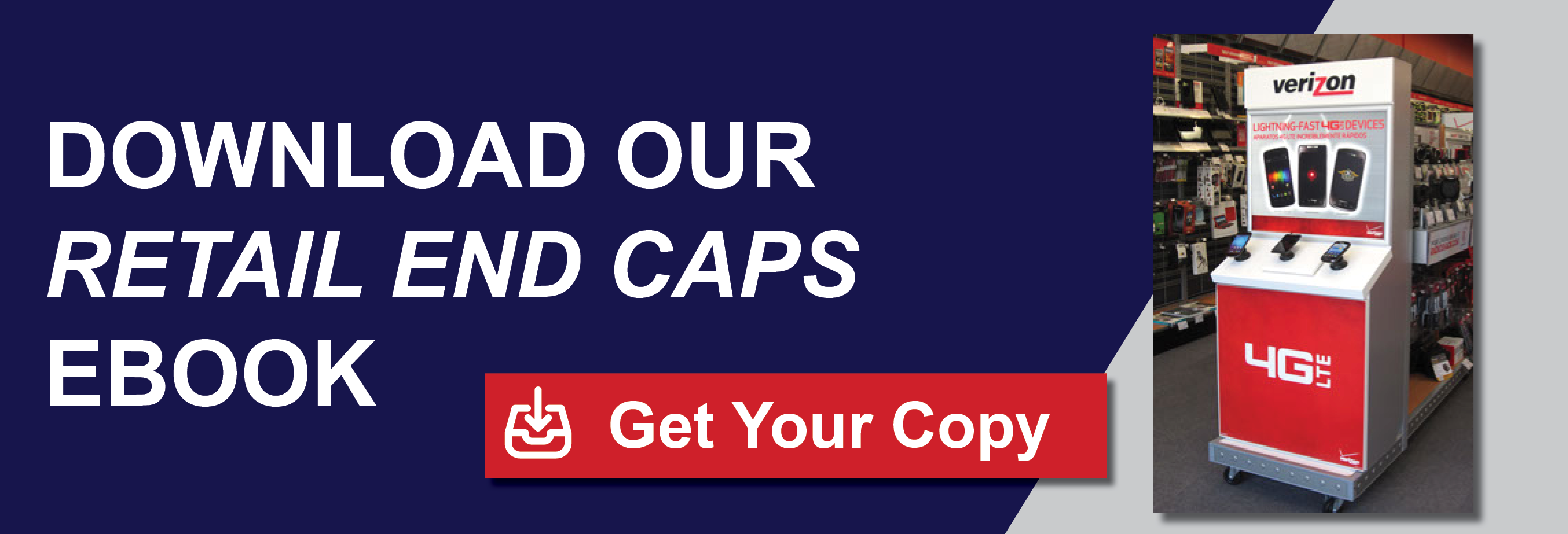
The world of retail is increasingly complex and competitive. Customers are getting smarter and more demanding. It’s the essence of survival of the fittest. How are store owners and managers adapting their retail marketing strategy to stay fit in this new environment? One thing industry experts all agree on – embracing digital technology is no longer an option, it’s a requirement.
Targeting prospects and existing customers has never been more important. But it’s targeting with a twist. Yes, you need to put the right product in front of the right person at the right price, but you won’t entice shoppers to buy unless you can deliver a comprehensively “wow” shopping experience. Customers expect the process to be simple and highly personalized.
Information technology allows you to deliver the most personalized experience.
That’s why it must be a linchpin of your retail marketing strategy in 2016 and beyond. With a few clicks of a mouse or taps on a smartphone, your customers can shop globally. They’re clicking and tapping to shop locally, too, sometimes right in your store. They don’t differentiate between your brand’s physical and online presence, and that means you have to make shopping seamless for them across all channels. Google calls it WWW – what I want, when I want, where I want.
You need to collect and collate customer data from all your channels – online and offline – to understand how that customer shops. Then you can use predictive analytics to uncover the “what, when, and where” that will resonate with them. Knowing that, you can tailor your interactions one-on-one. Remind customers when it’s time to renew or reorder. Alert them when favored items go on sale, or a new version comes in.
Mobile moves from accessory to necessity.
Mobile devices are ubiquitous. Successful retail marketing strategy takes advantage of that.
Outfitting store personnel with tablets boosts customer service and adds “floating cash registers” for each checkout and line-busting during peak times. Cash wrap technology and self-serve kiosks allow customers to pay with their phones.
Customers can order online via desktop or mobile for in-store pick-up. You can text customers to let them know their items are ready. Meanwhile, Nordstrom is testing the reverse – customers text or call a sales associate when they’re nearing the store, and the associate meets them at the curb with their purchases. And Macy’s customers can scan product barcodes to learn more about the item.
Loyalty looks different.
Retaining customers has always been crucial for retail success, but now you earn that loyalty in different ways. Rewards points are fine, but when you can anticipate what customers want and make that happen, you’ll really wow them.
Above all else, today’s retail marketing strategy has to be flexible. Technology and customer expectations will continue to change, and you’ll have to keep pace. The more comprehensively and creatively you put digital technology to use, the more adept you will be at wowing your customers.
